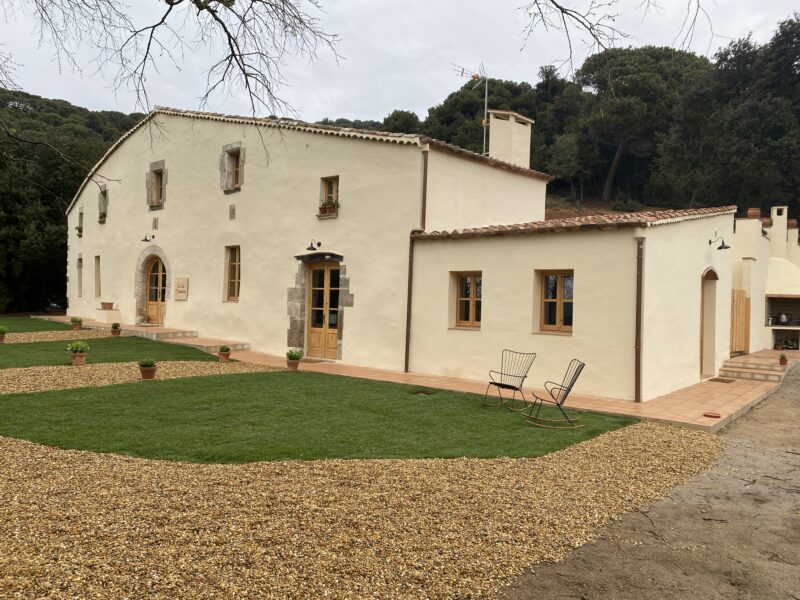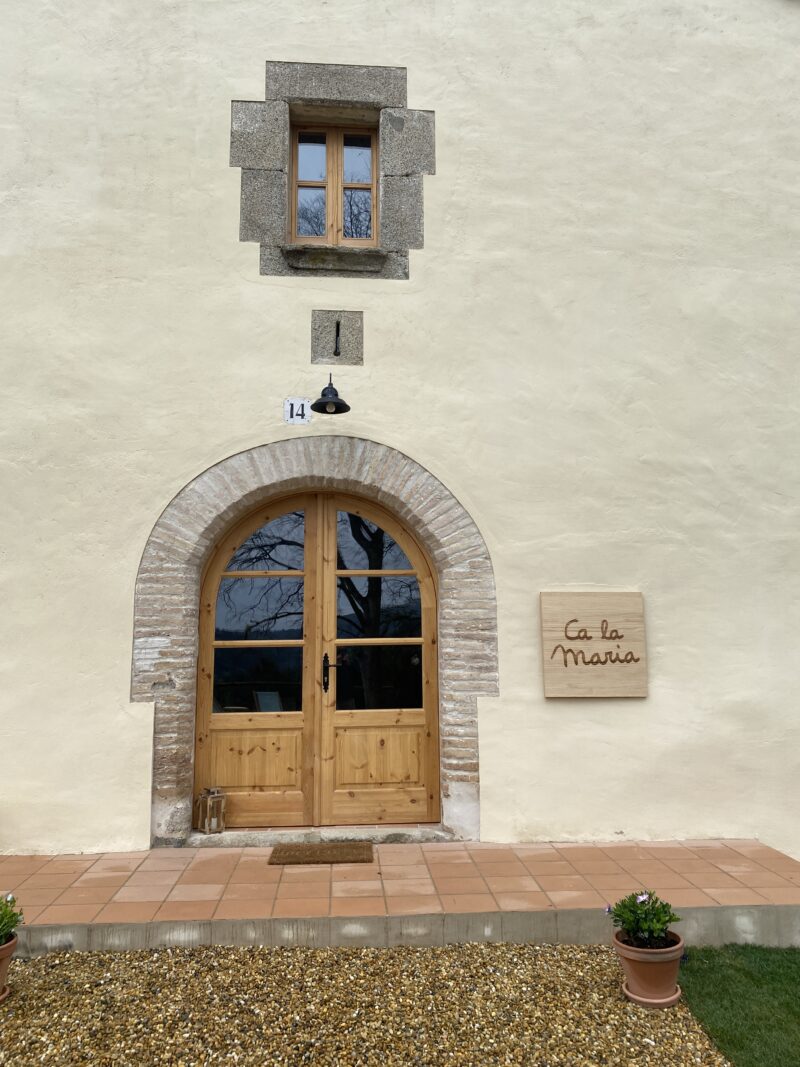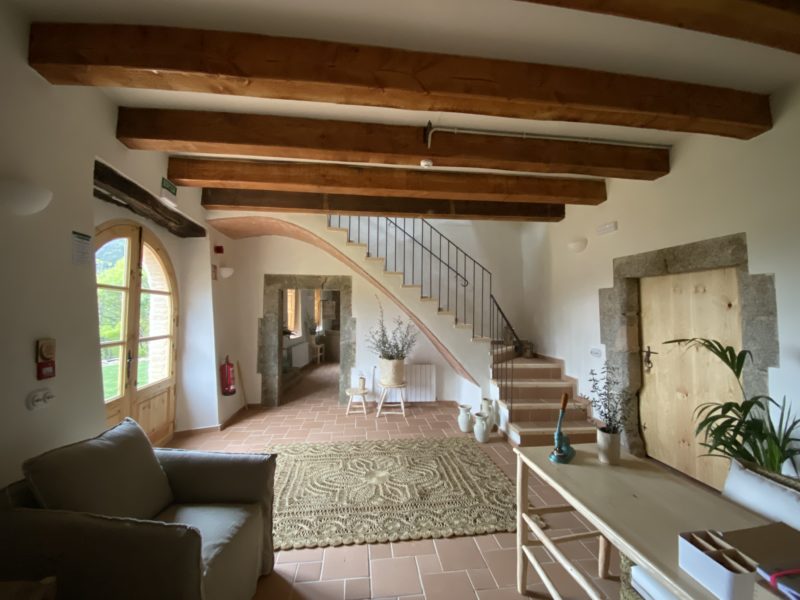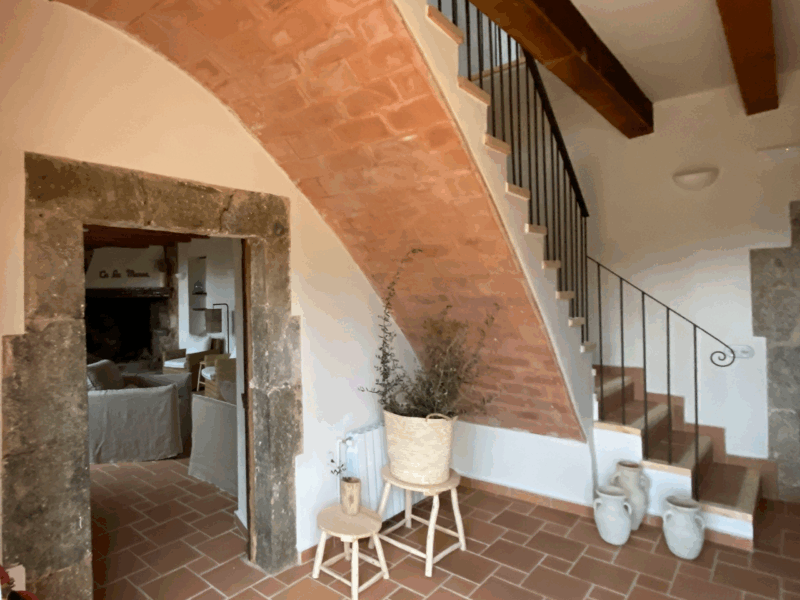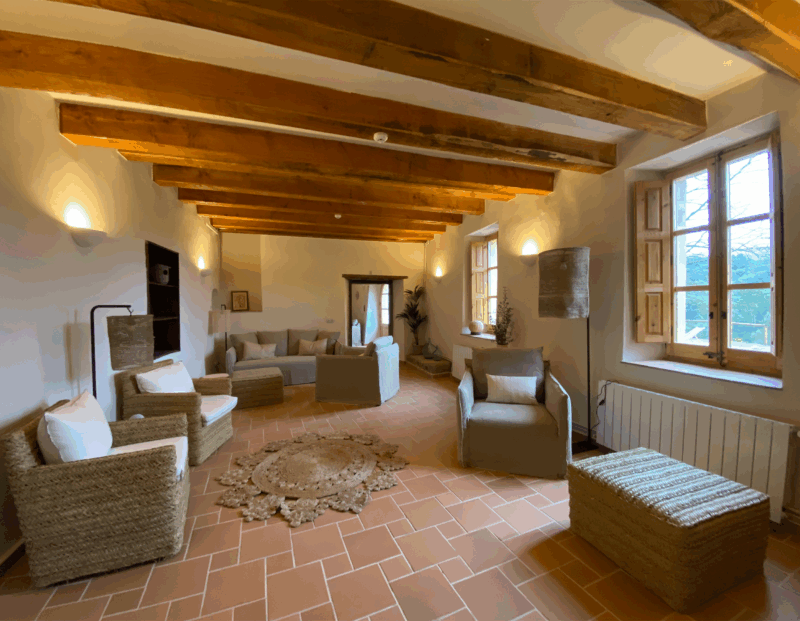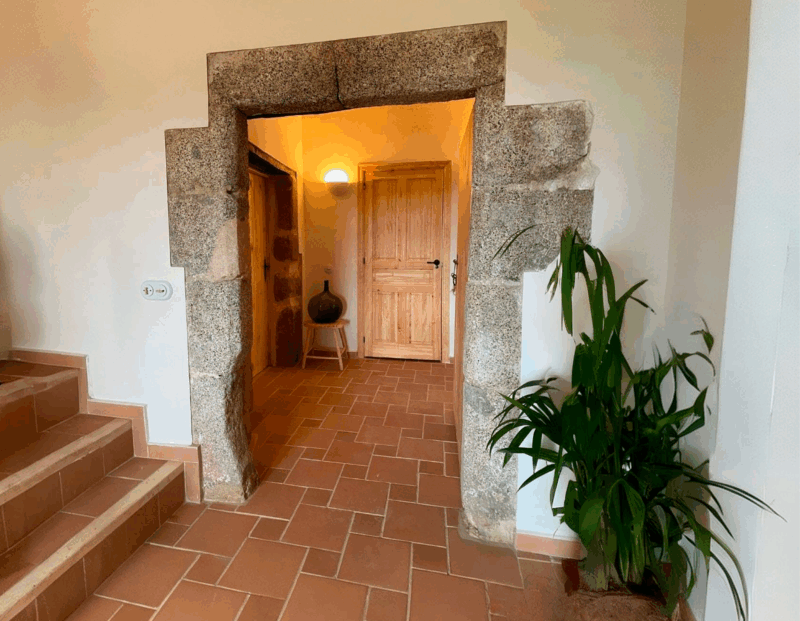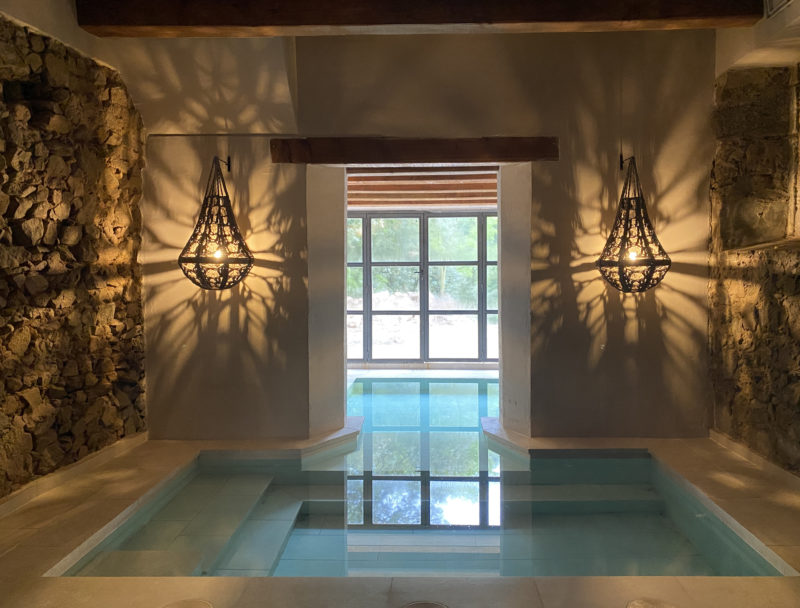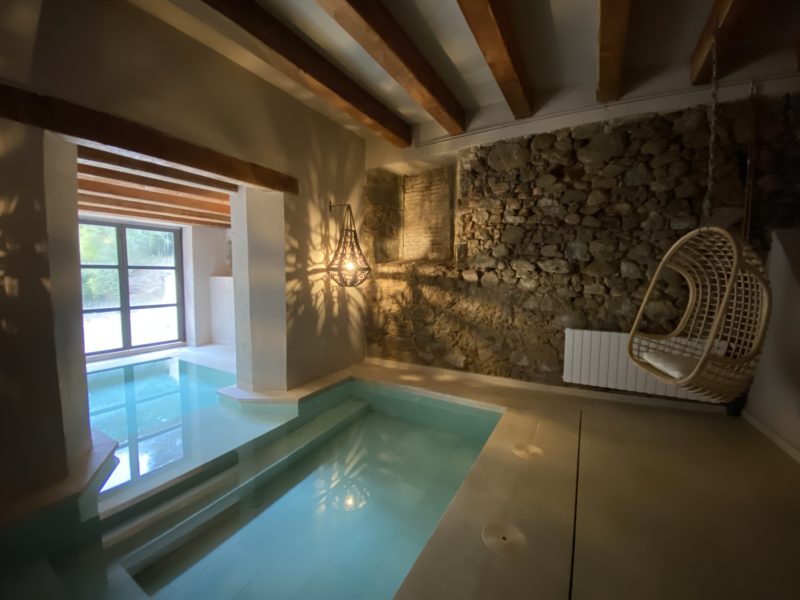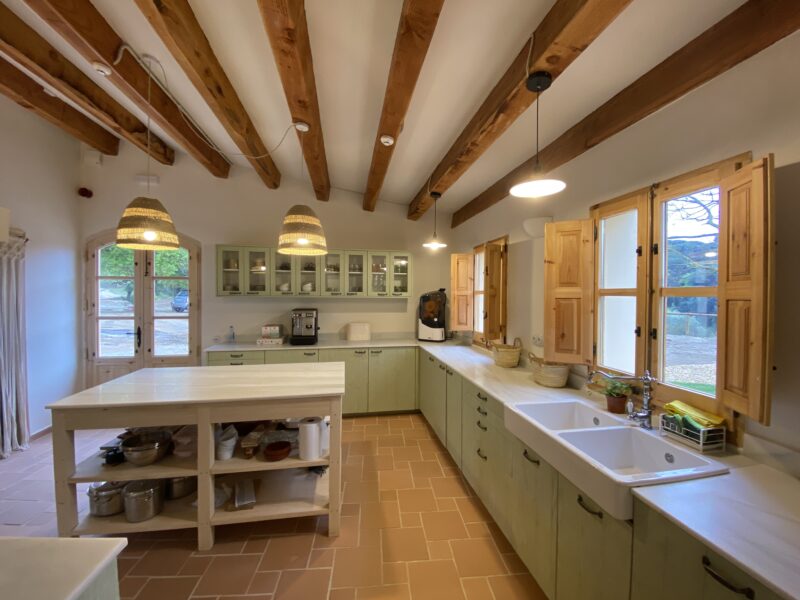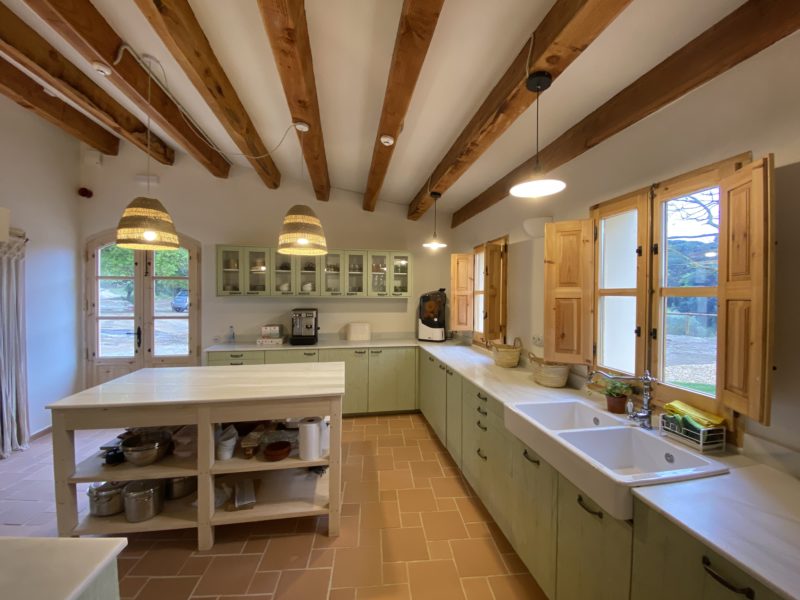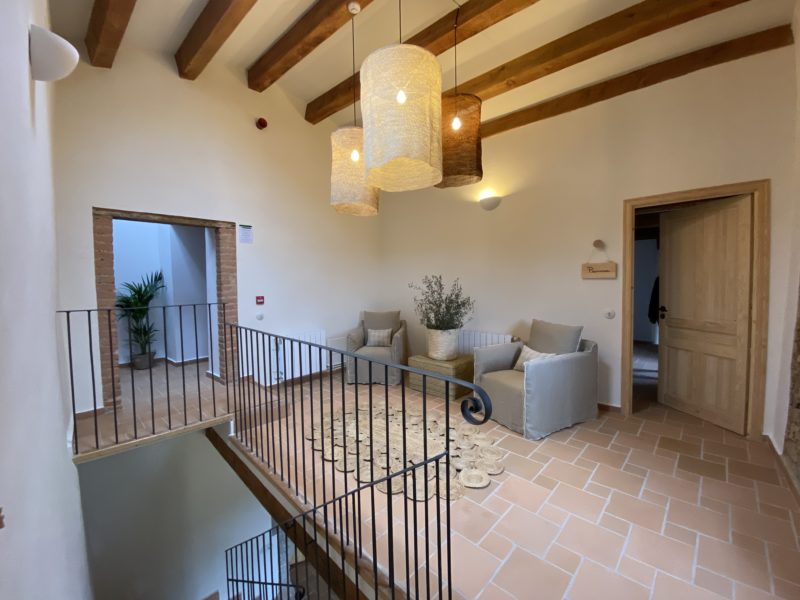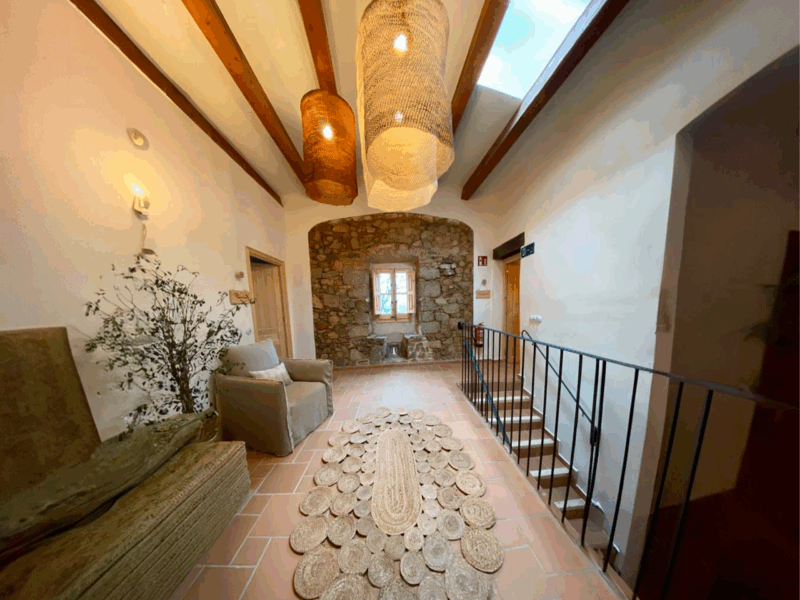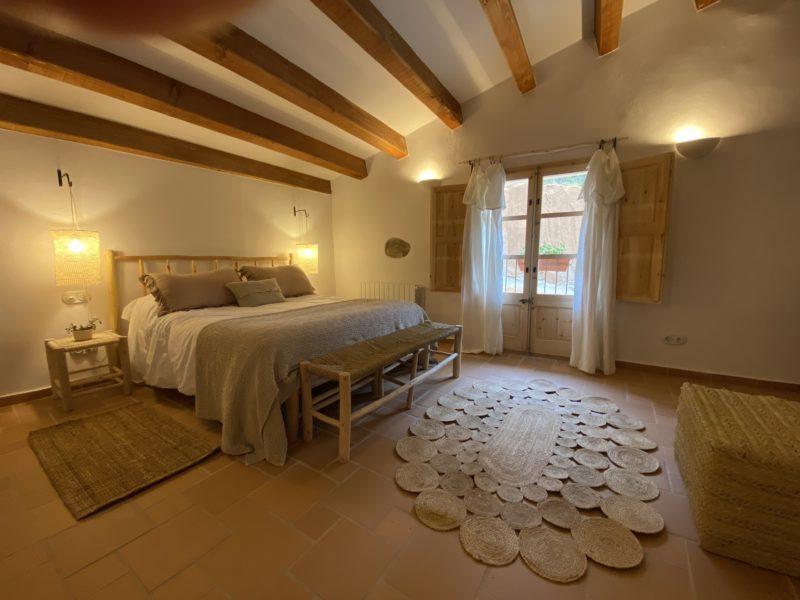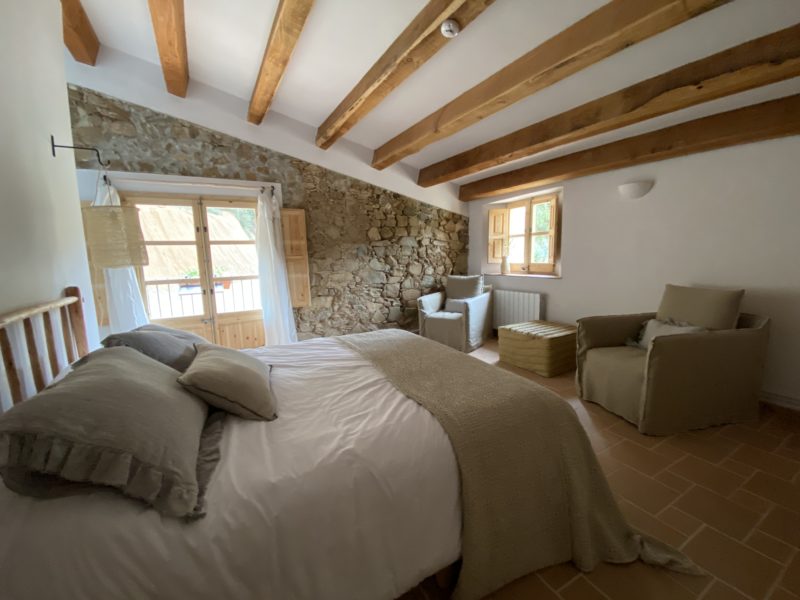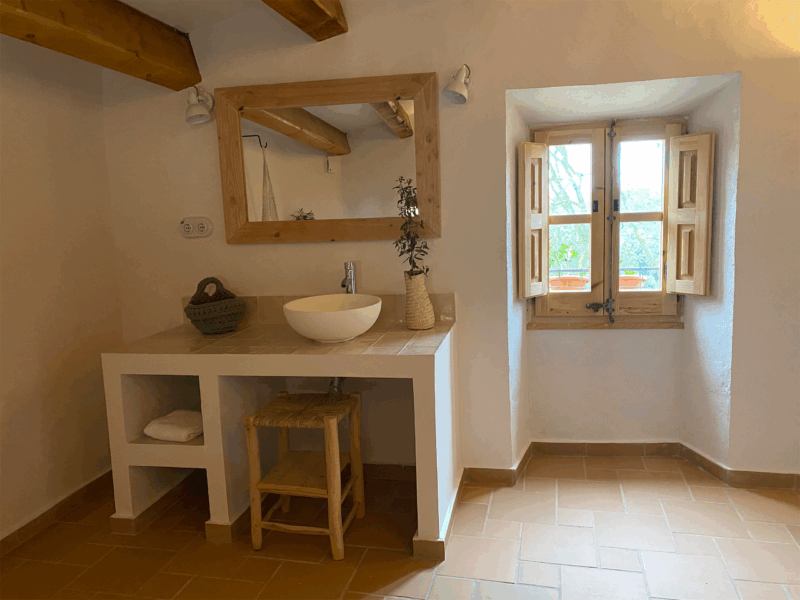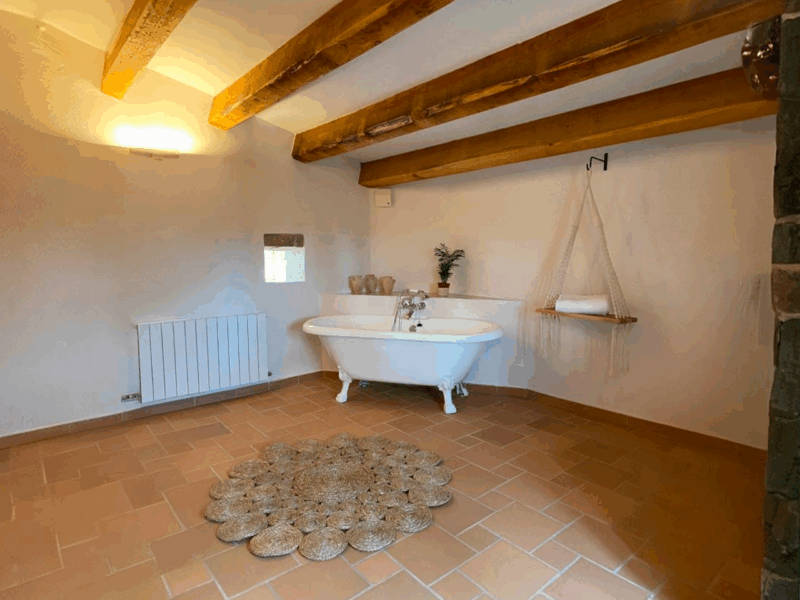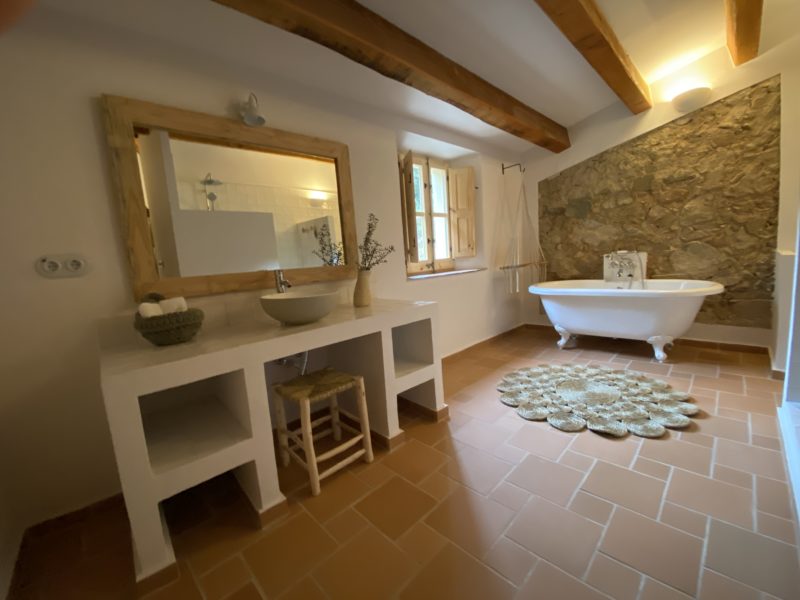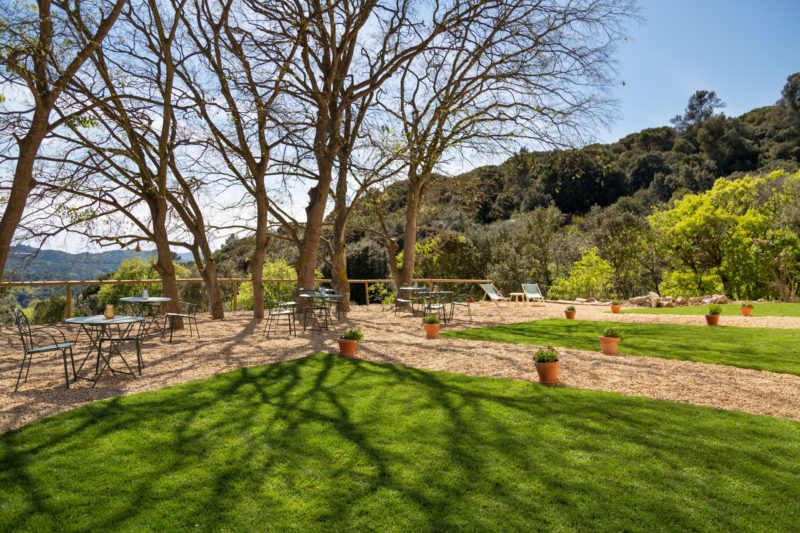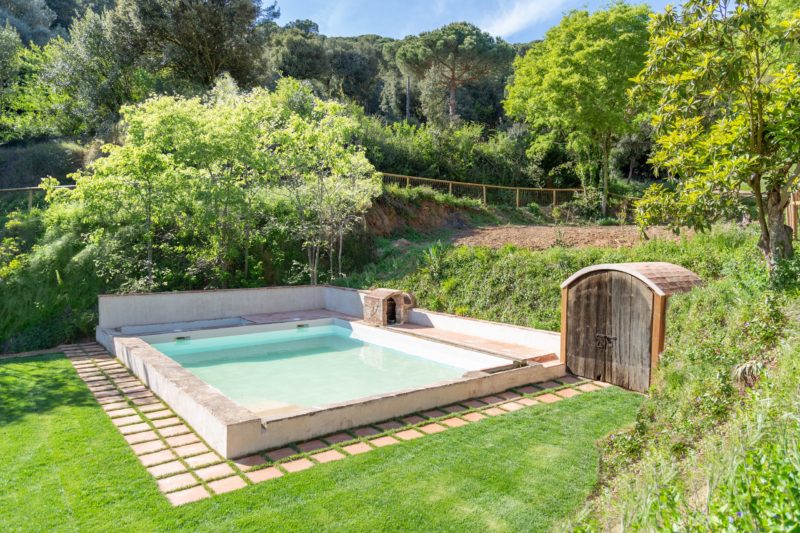GAllery
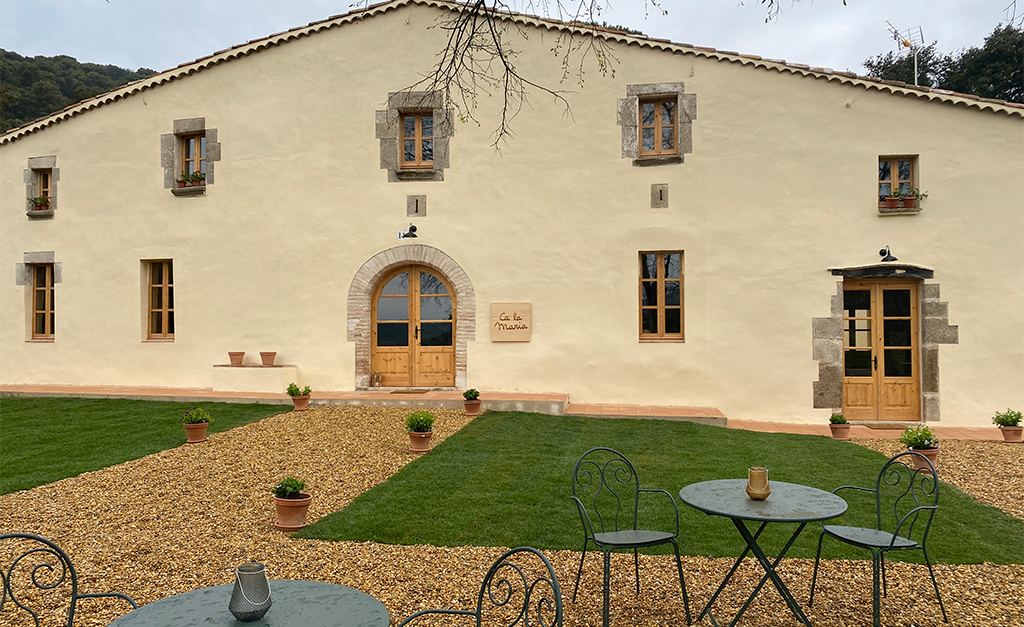
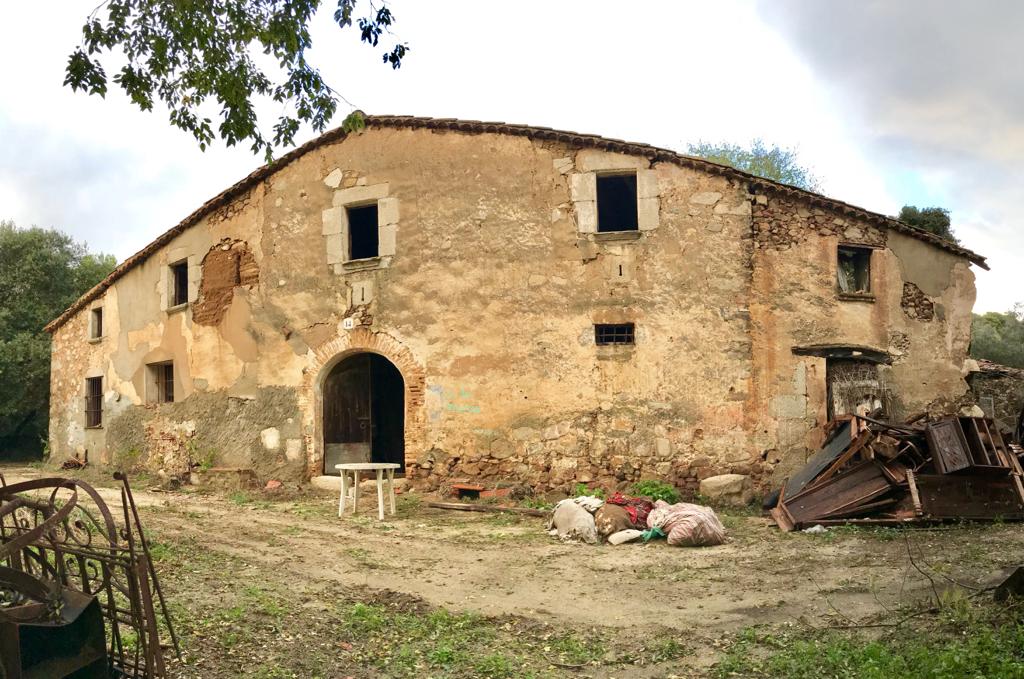

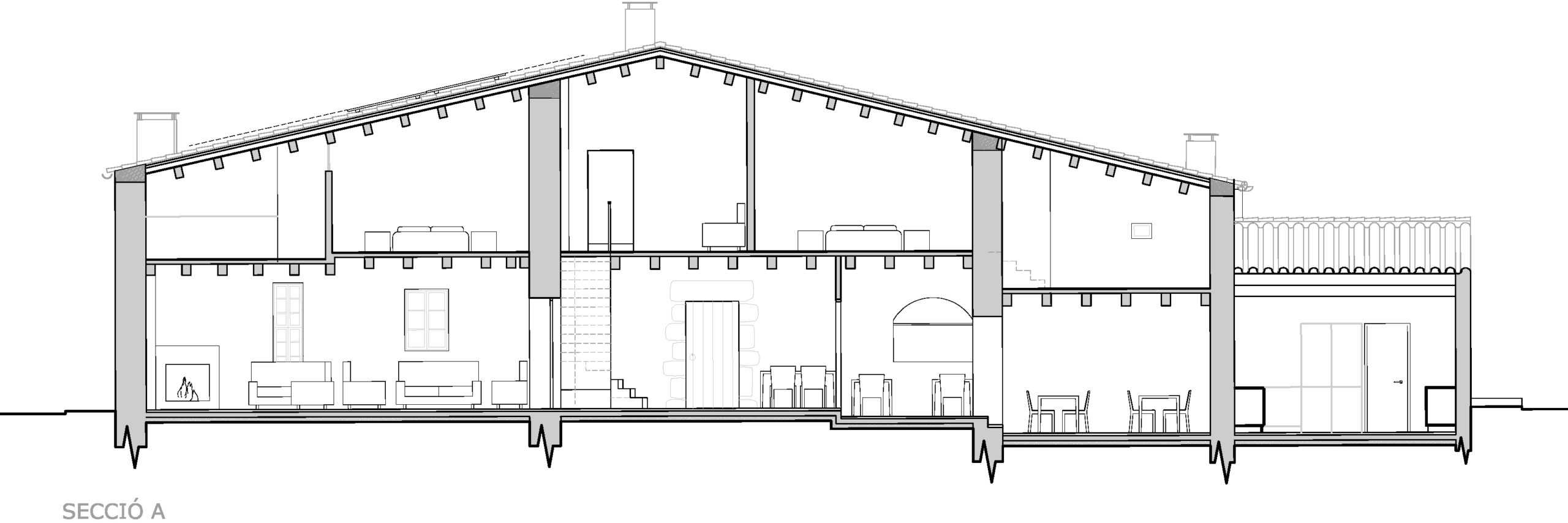
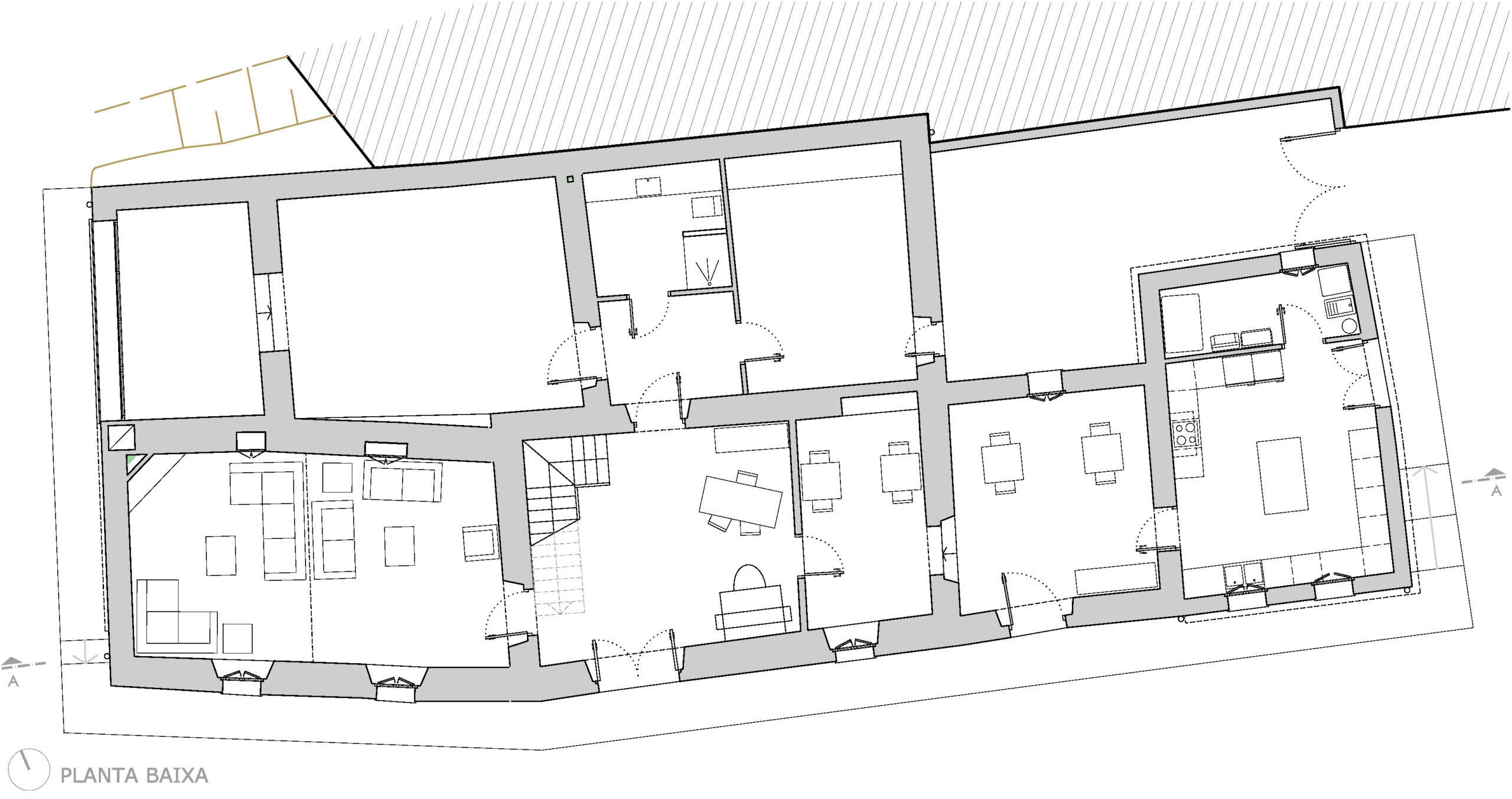

At the foot of the Lloberas hill, amidst the forest landscape of Conreria-Sant Mateu-Céllecs, the Masia de Ca la Maria is reborn, one of the oldest and most emblematic buildings in the municipality of Vilassar de Dalt.
Historically known as Masia de Can Lloberas del Bosc, it is classified as a Local Cultural Heritage Asset and has undergone careful rehabilitation to transform it into a rural tourism establishment. The intervention aimed to restore the building, which was in a ruinous state, preserving its original character and enhancing its unique features.
The main building consists of five bays with a ground floor and first floor (three facing the main facade and two at the rear) with pitched roofs and the ridge perpendicular to the facade. There is also an auxiliary wing on the east side. The stone walls, traditional woodwork, and lime mortar coating maintain the original aesthetic. The granite lintels and jambs remain visible, while on the east side some lintels are wooden with brick relieving arches.
The main facade features a round brick portal providing access to the ground floor. Inside the window recesses, the shutter fittings are preserved, and below the two central windows are granite loopholes. These traditional elements, along with the wooden and stone lintels, keep alive the constructive memory of this masia with centuries of history.
The interior has been adapted to host guests in a warm and homely atmosphere. The ground floor houses common areas: living room, dining room, cellar converted into a spa area, and multipurpose room, while the first floor accommodates four double suite-type bedrooms. The rehabilitation used traditional materials such as ceramic tiles and solid wood, reinterpreted to provide comfort and functionality.
The exterior spaces have been adapted with minimal intervention to preserve the essence of the place. The old terraces have been recovered to reactivate small-scale agricultural activity, rehabilitating the irrigation pond to serve as a water point for wildlife and as a swimming pool, and creating a discreet parking area. Original paths connecting the complex with its natural surroundings have also been preserved.
The intervention has prioritized sustainability and environmental respect: photovoltaic panels with batteries, biomass heating, an ecological septic tank, and fire prevention measures have been installed. Additionally, nests have been placed for protected species such as swallows and bats, reinforcing the masia’s connection with local biodiversity.
With this rehabilitation, Ca la Maria recovers its past and looks to the future as a place where landscape, memory, and traditional architecture coexist with respect and harmony.
